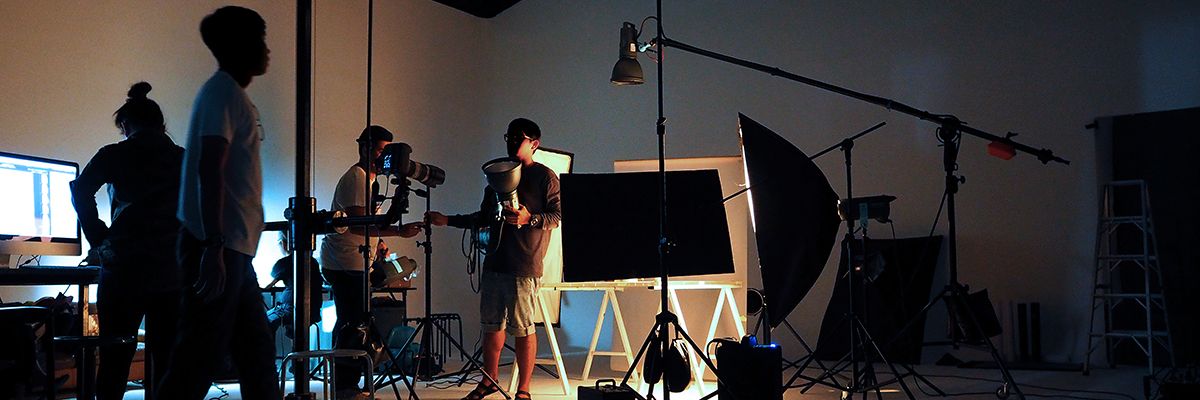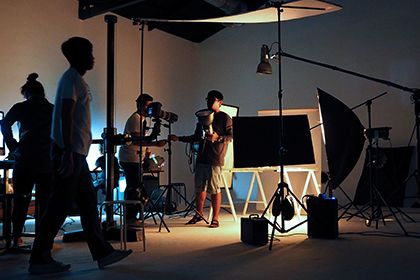The background is essential in setting the stage for your product without competing for attention. In most cases, simplicity is key, as complex backgrounds can make the image look cluttered.
Solid colors are versatile and help products stand out, especially for e-commerce where a white background is often preferred. However, contextual backgrounds add personality and realism. For example, a natural wood background works well for eco-friendly or handmade products, while a marble background gives a touch of elegance to luxury items.
Make sure background props and elements don’t overshadow your product. If you’re adding elements, like flowers or books, keep them subtle and relevant. Think of them as supporting actors that enhance the star of the show—your product.
Props can add context and enhance storytelling, but they need to be chosen carefully to avoid clutter. The right prop can communicate a lifestyle or mood that resonates with your target audience.


